Newcomers who want to venture into analogue photography often find it complicated and have difficulty keeping track. Compared to digital photography, analogue photography often seems more opaque. There is no digital image post-processing and it is not enough to just press the shutter button. Instead, it is extremely important for photographers working with an analogue camera to consider which film is best to use before they start shooting. DSLR photographers do not have to struggle with this question. They press a few buttons, edit the image digitally if necessary and they are done. The analogue photographer, on the other hand, has to choose the film carefully because it can consciously influence the quality and the look of the finished picture. The medium thus becomes an important design feature right from the start.
Quickly, the films you find in the nearest drugstore will no longer be enough for you. If you want to delve deeper into the world of analogue photography, you will quickly be confused by the various abbreviations and designations and have difficulty finding your way around. So what should you look for when choosing analogue film for your camera? The following six aspects in particular are of great importance:
In the lower section of our shop you will find information about what exactly is hidden behind these six points and why you should take them into account when making your purchase decision. In this way, you will be able to choose the right analogue film for your camera and take successful, unique analogue photos. In any case, you will find analogue film for every requirement - no matter whether you want to buy colour or black-and-white film, instant film or slide film.
The format of a film indicates its size. Due to the long history of analogue photography, new formats kept coming onto the market. Which format is the right one usually depends on the camera. It dictates which film fits into it. Therefore, beginners really only need to know about two formats: 35 millimetre 35mm film (135 film) and medium format film (120 roll film).
In addition, you need to decide whether you want to shoot with black and white or colour film. With the former, the image is only in black and white or greyscale, whereas with the latter it is in colour. Basically, however, there are still differences in colour films: with some the colours are very strong and can appear surreal, with others the colours are neutral and true. You have to decide which type of colour reproduction you prefer. Many beginners start with black-and-white film anyway because it is easier to develop.
Every analogue photographer has to decide whether to shoot with negative or positive film. Both types of film exist in both black and white and colour photography. Most people should know the difference between these two types of film. They can be told apart with the naked eye alone: Positive film, which is also called reversal film or slide film, shows a brightness- and colour-correct image when taken. This means that there are no negatives, but positives on the film. Using a slide projector, the image can be viewed directly, because the colours look exactly like the original recording situation. If, on the other hand, negative films are used, negatives are produced. They are reversed in colour and brightness. Only during enlargement on light-sensitive paper are the correct colours and shades of grey produced. In recent years, the demand for positive films has decreased considerably, but they are still available for purchase.
If you have already gained experience with digital photography, you will probably be familiar with the ISO value. It is indicated with every film designation and provides information about how light-sensitive the film is. The ISO value is made up of two components, namely the ASA and the DIN value. The higher the values, the stronger the reaction of the film to light. ASA stands for American Standards Association, ISO for International Standards Organisation and DIN for Deutsches Institut für Normung.
Price certainly also plays an important role when choosing analogue film. The same applies here as with most other purchases: the better the quality, the more money you have to invest. However, not every expensive film is really worth the money. Especially in analogue photography, demand plays an important role in pricing. Demand is generally rather low, which is due to the fact that more people are interested in digital photography. Therefore, many products are simply taken out of the range and no longer produced. However, the fact that price can also be an indication of quality is particularly evident in the case of colour films. Here it is appropriate to invest a little more money because the image results and the processing quality are simply better. The situation is different with black-and-white films. In this area, there are hardly any inferior or poor films in the specialised trade whose image quality is not convincing. So before you buy, weigh up carefully how much money a good photo quality is worth to you.
Last but not least, with 35 mm film there is the question of how many pictures you want to take with one film. However, this question has become less important in recent years, because today there are hardly any films with only 24 exposures. Films with 36 frames are more recommended, more popular and therefore available in larger numbers. Here, the price-performance ratio per shot is simply better. But there are two sides to this coin: With 24-frame film you have the advantage that the film can be changed more quickly, which is necessary, for example, when you have to adjust to new lighting conditions. If you decide to use medium-format film, the number of exposures depends on your camera. The wider the format, the fewer pictures can be taken.
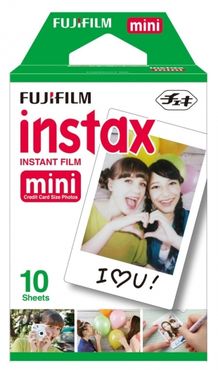
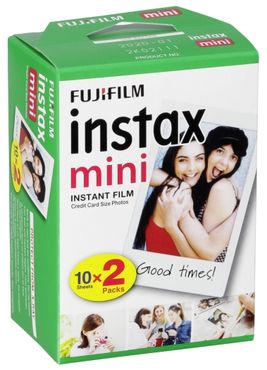
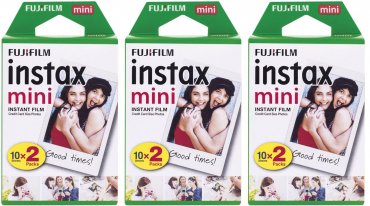
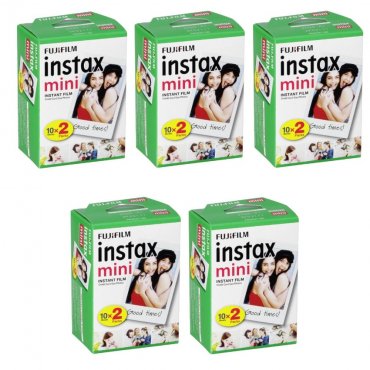
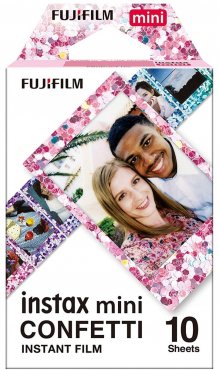
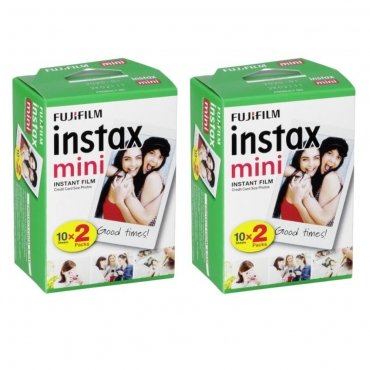
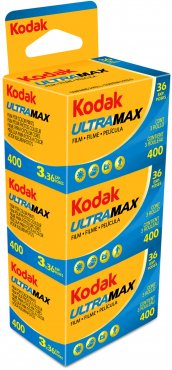

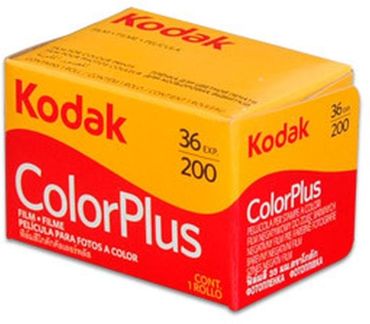
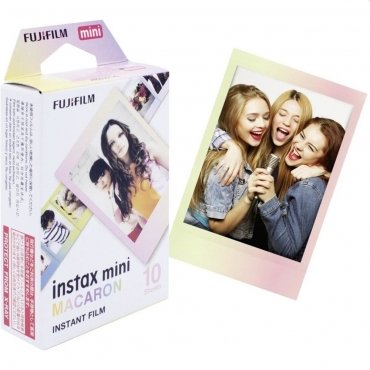

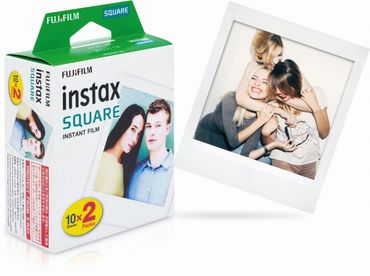
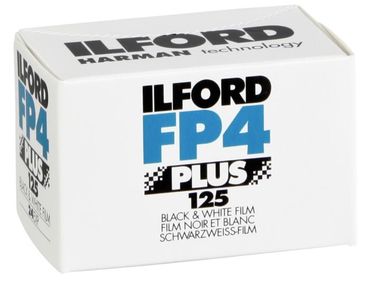
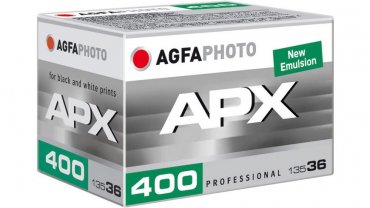
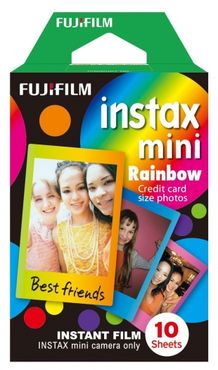
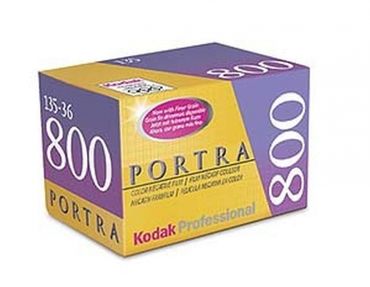

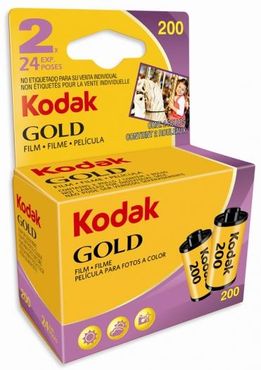

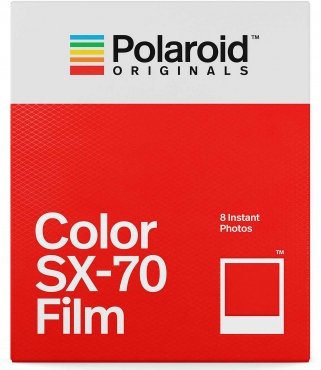
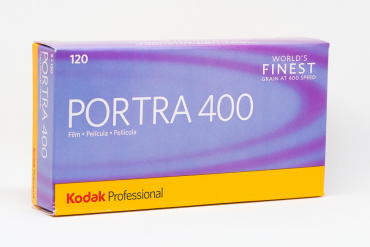
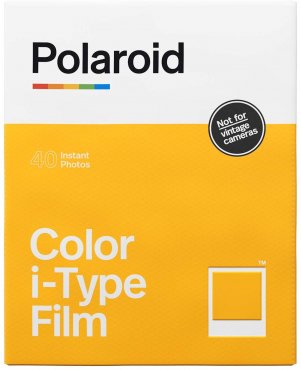


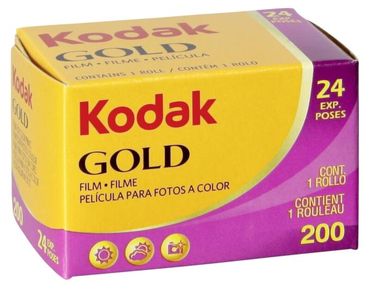
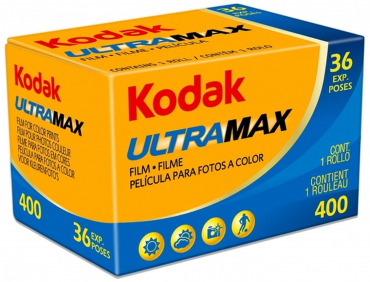
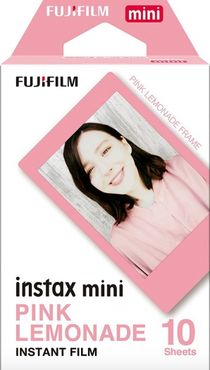
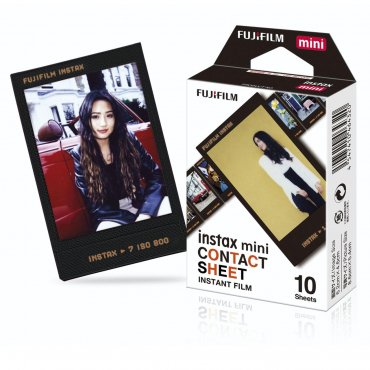


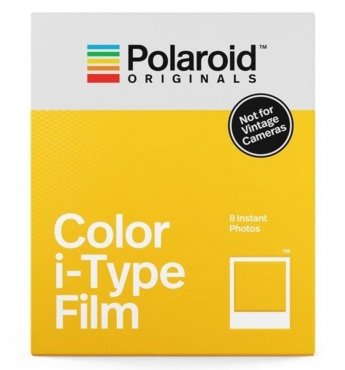
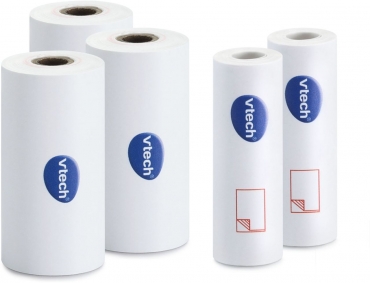
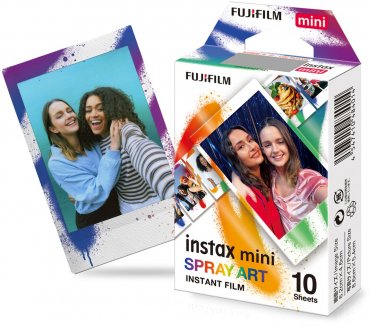
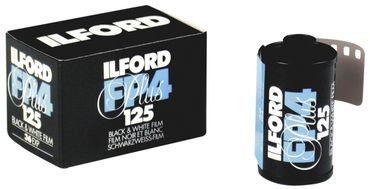
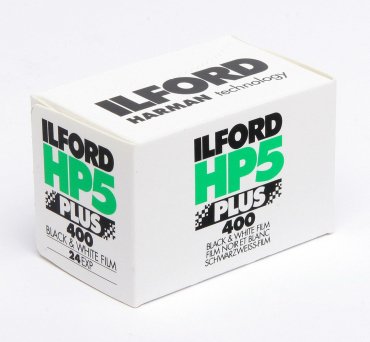
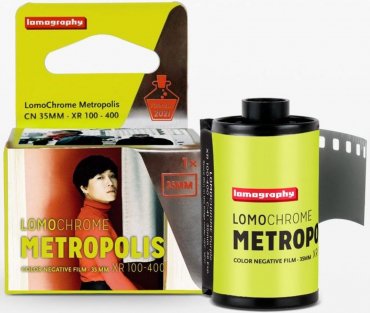
Simply subscribe and benefit as a newsletter recipient every week: